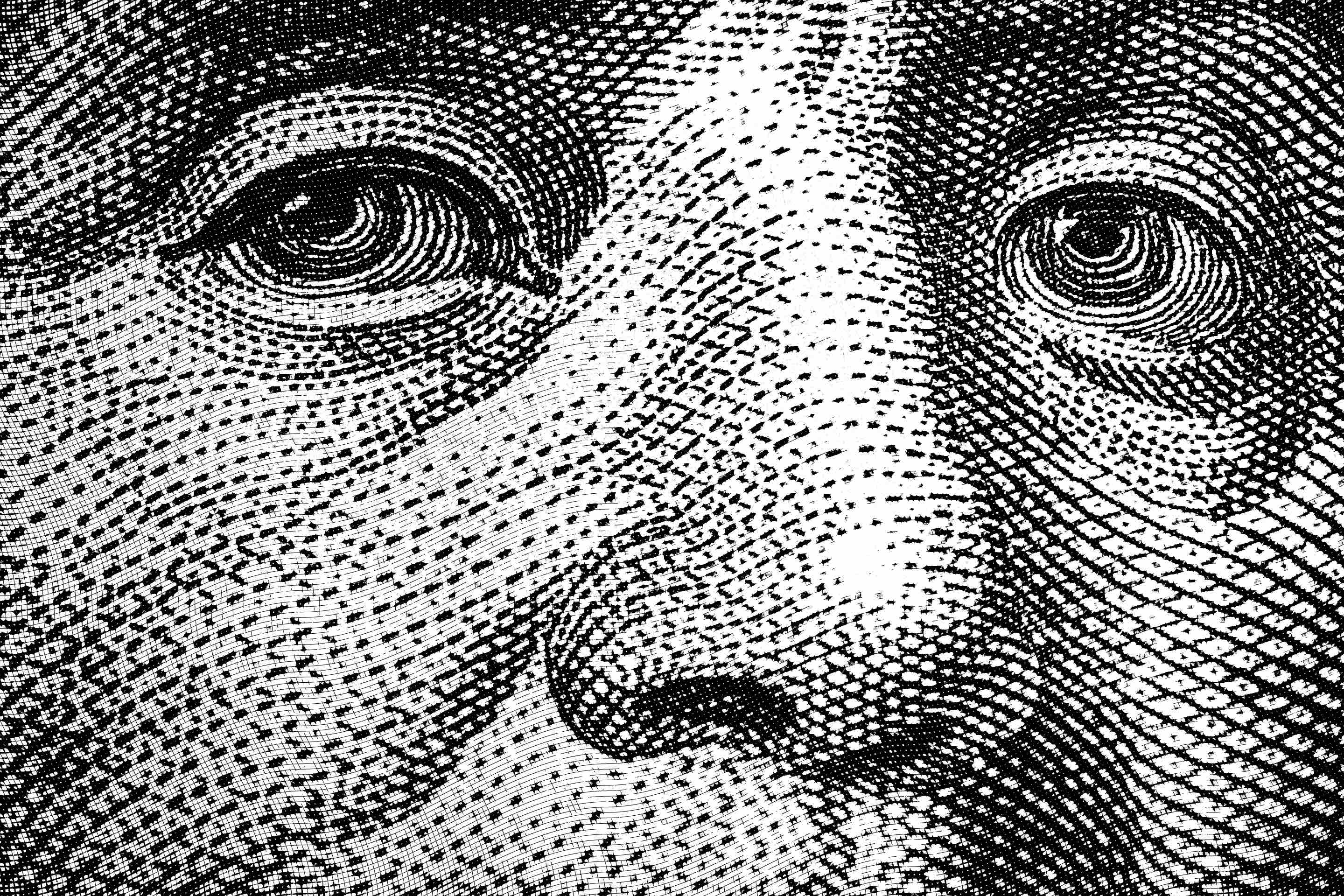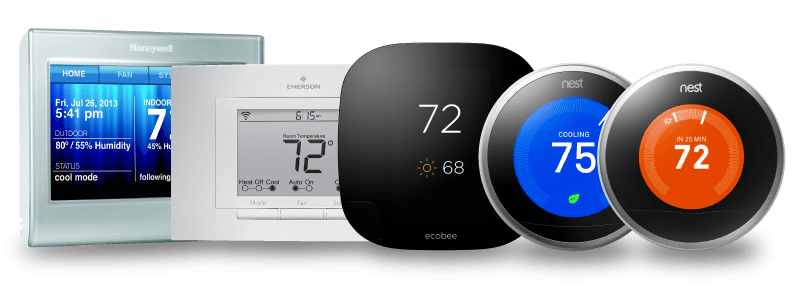Who invented electricity? You probably just want a quick answer to settle a debate or finish a school assignment. Unfortunately, there isn’t one. Electricity was not invented. It was discovered, and our understanding of it furthered by brilliant individuals that devoted their lives to its study. It wouldn’t do one of the most interesting tales in scientific history justice to say that an individual just came along and single-handedly “invented” electricity.
Humanity has know about electricity for a very long time. Ancient Greeks learnt that they could make static electricity by rubbing fur and amber in 600BC, and clay pots found in Roman tombs are built of materials that suggest they were constructed as a primitive form of battery.
The big names who invented electricity… Make that discovered…
Most people like to think of Benjamin Franklin as the person who invented electricity. He was a great inventor and his theories earned him scientific prestige, but he was by no means the first scientist to observe electricity. William Gilbert, a 17th century English astronomer, wrote a book called De Magnet. His book used the term electricity long before Benjamin Franklin was born.
It was Benjamin Franklin’s brilliance that theorised there was a positive and a negative component to electricity and it flowed between them. This was a primitive understanding of charge; an idea that scientists would spend centuries developing. The electron would not be discovered until 1897 by a man named J. J. Thompson, so Franklin was observing properties of electricity without knowing what it was or how it worked.
You have probably heard of his famous kite experiment. In 1752 Benjamin Franklin flew a kite in a storm with a key attached to the string. When he was zapped this confirmed his suspicious that lightning was a type of static electricity.
Electricity in the 19th century
In the 1800s electricity really started to take off. Science is like that. First some rocks are kicked lose and then comes a landslide of discovery and understanding once that initial momentum is built. Here are some key people:
- Alessandro Volta: Italian physicist Alessandro Volta discovered that chemical reactions could be used to generate electricity. Prior to this, the going theory was that only living things could generate electricity. He invented a chemical battery that worked by placing two electrodes, one made of copper and the other zinc, into a solution of sulphuric acid and water. This made him the first person to create a steady flow of electrical charge. If you want to recreate his battery, put an old copper coin and a zinc nail into a lemon, and measure the voltage – which is of course named after him. If you really want to do this, here’s a YouTube clip explaining how.
- Michael Faraday: Michael Faraday invented the electric dynamo – an electricity generator that works by moving magnets inside a copper wire – to create a current. The dynamo was the beginning of electricity generation. Many inventors built on his dynamo improving it and forms of it were used right up until it was eventually supplanted by the alternator which we use today. Michael Faraday contributed massively to the study of electromagnetism, advancing physics with his description and theories of electromagnetic fields. Theories that were built upon, notably by Maxwell Clark, many of which were not accepted until long after his death, and you could argue set of down the path to quantum mechanics and some really hardcore science.
- Thomas Edison: Thomas Edison invented the incandescent filament light bulb around 1878 in America and around the same time Joseph Swan did the same in Britain. The Wizard of Menlo Park – Thomas Edison – was one of the first inventors to apply mass scale production techniques to invention. He built teams of inventors and started one of the first industrial research laboratories. He established electricity and the light bulb as an industry and built the first electricity generation and distribution system. His first power station was on Pearl Street in Manhattan, New York.
So there you have it: Who invented electricity? Nobody, but now you know the big names of how it was discovered, and our understanding of how it was progressed.








